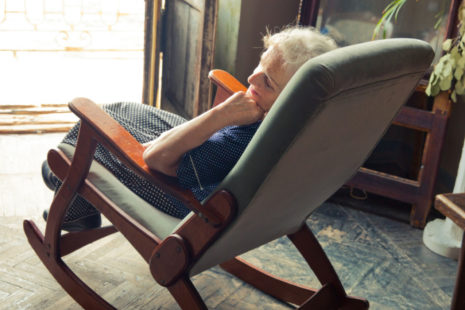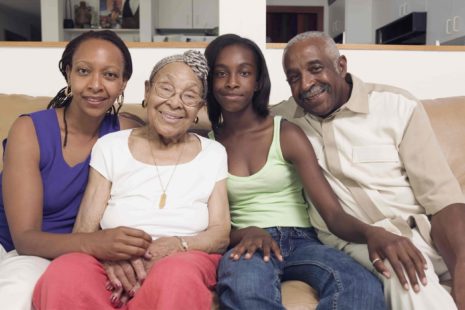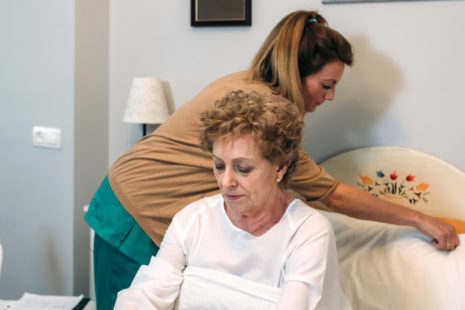What To Do When Alzheimer’s Patients Stop Eating
One of the hardest phases of caring for someone with Alzheimer’s or dementia is during the time the person stops to eat or drink. It is a difficult time yet it is a natural part of the disease.
Why Patients Stop Eating
Eating and drinking involves the control center in the brain and strong muscles in the neck and throat. When Alzheimer’s progresses, it affects these parts. At this time, you can see symptoms such as:
- Coughing or choking
- Clearing the throat
- Grimacing when swallowing
- Exaggerated movements of the mouth or tongue
- Refusal to swallow
- Holding food in the mouth or spitting it out
In the later stages of dementia and the phase of stopping to eat develops, the need for food and drink also begins to decline. The patient’s body begins to adjust. Their activity reduces and they don’t need as many calories.
How To Respond When Alzheimer’s Patients Stop Eating
Rule Out Any Physical Problems
The first thing you should do when a patient stops eating is to rule out any physical problems like mouth sores, toothaches, ill-fitting dentures, infections or medications that may be affecting the patient’s appetite. If they have stopped eating because of any physical problems, deal with the problem and try change the foods and drinks offered. Give flavored food that requires minimal to zero chewing. Avoid foods with stringy and hard textures or any mixed foods like cereals.
The ANH Method
In the later and more severe stages of Alzheimer’s, patients are completely unable to swallow or take in food through their mouth. ANH is a method used to provide food to such people. Usually, it is administered through a feeding tube which passes through the nose and into the stomach. It can also be done through a tube which goes directly into the stomach wall.
With ANH, fluids are given intravenously or inserted under the skin subcutaneously.
For many dementia patients, ANH is difficult. First off, inserting tubes is distressing to the person who may tug or pull on the tubes and even pull them out. Secondly, insertion sites can become sore or even infected. Feeding tubes are painful and irritating. They limit mobility which can lead to development of infections like bed sores. Sometimes, the fluids may get into the lungs causing pneumonia
The unfamiliar surroundings and the constant movement in and out of hospital can make the patient’s condition even worse by making them become more irritated and agitated.
Feeding tubes may help the patient live a little longer but they make the remaining part of their lives more uncomfortable. It is safe to say that they do more harm and good.
Let Them Live Out The Rest Of Their Lives
Caregivers and doctors alike feel that is better to let the patient live out the remaining part of their lives without tubes and outside interventions. If it is necessary, they could be aided with painkillers. You can always talk to a physician to know what is best for the patient.
You must be prepared that eventually, the patient will be become completely incapable of eating a meal regardless of how much help and encouragement you provide. When it happens, choose what is best for the patient and not for you.







